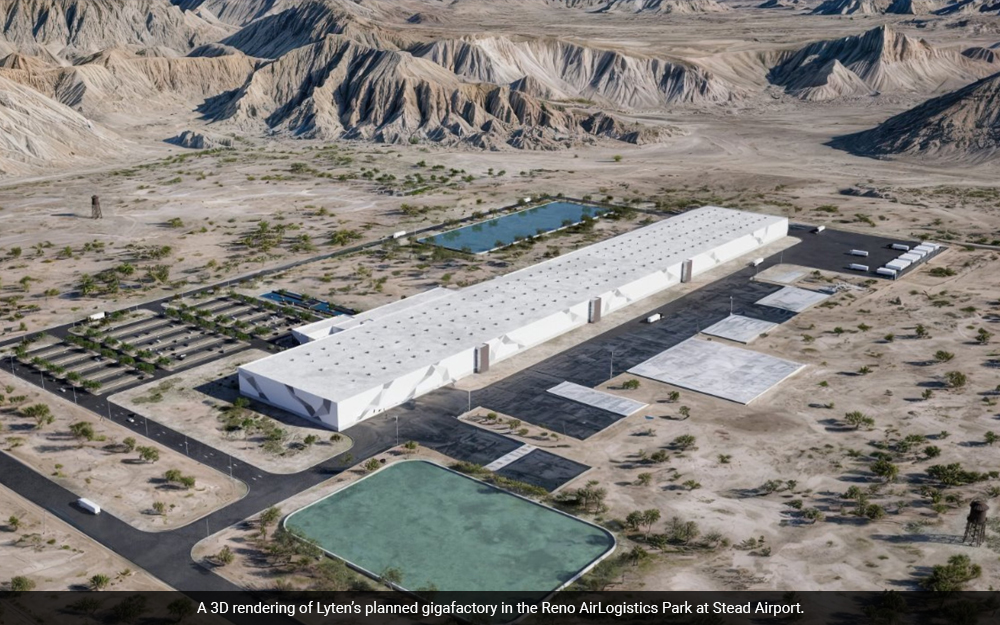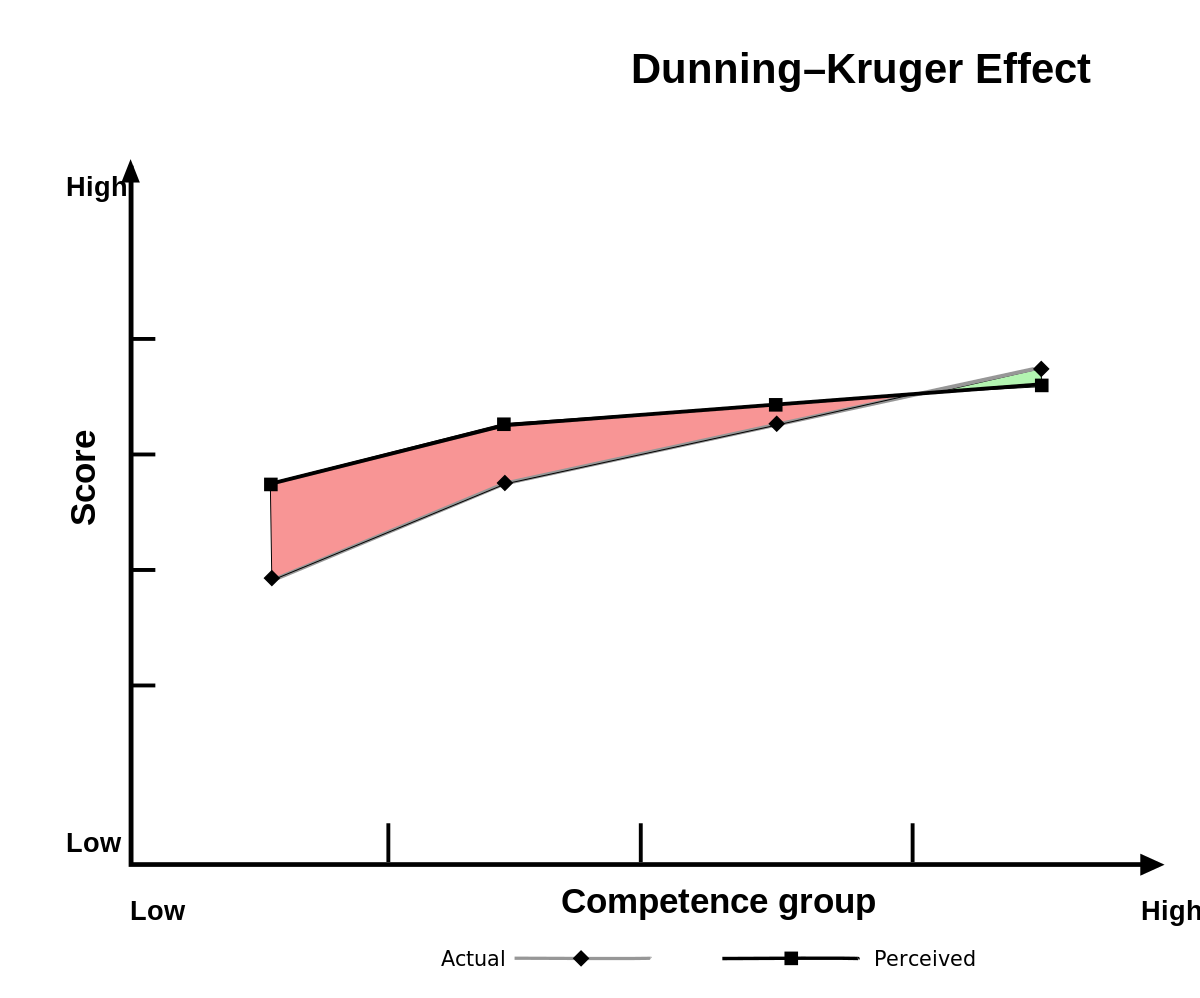These plants are designed based on market trends. They can ramp only to capacity, and without the percentage of excess capacity, combined with what's needed to equal imports, the links are meaningless. Modern design is modular. Plants are designed to essentially turn on an off in sections, as needed. This does not mean that Tesla can suddenly take on the level of imported batteries all by itself.
Tesla is a perfect example of modern manufacturing. The company is masterful at plant construction - no credit to Elon Musk. The plants themselves are modular buildings. This is a shot of the plant now under construction. Each section is independent of the others. The only connections are the roof caps, and interior/exterior walls. Structurally, each section is independent. The first column went up last summer, and the progress has been record setting. I will give credit where it's due.
View attachment 67562958
The announcement for the truck this plant will produce was made on 2017. Eight years ago. These things take time.
Anyway, back to modular efficiency, the building in the rear above manufactures batteries. Cells (manufactured by Panasonic), and several battery packs used and sold by Tesla. The plant has experienced various levels of production, but has generally operated at capacity. The amount of imports it could replace is minimal if anything.
What matters to companies is logistics. No one is going to build a distribution center in Alaska or Hawaii. Likewise, no one is going to build a pineapple canning plant in Maine (they barely can sardines anymore.)
Joe Biden approved the Thacker Pass lithium mine a while back. Ironically, the mine is owned by a Canadian company. Good ol' Joe Biden Gettin' them Canadians to invest in America. Funny, yes?
Anyway, the closest manifesting to this mine is...wait for it...the industrial area where Tesla is located. Do you think Musk counted on being close to the lithium or did he just take advantage of the state's business friendly environment and tax giveaways? No matter. His battery factory is close to the lithium. Logistics.
Interestingly, another battery manufacturer, Silicon Valley startup Lyten, announced its own gigafactory last year. It expects phase one to complete in 2027. Three years. Not bad. Certainly a tad more than a couple months.

lyten.com
Lyten has developed a lithium-sulfur battery technology that uses 100% domestic sourced material. Once the lithium mine begins production, anyway, which should be late next year. Lyten's decision obviously included the same business-friendly environment as Musk's but they also chose to be close to the lithium. The logistics of lithium are about to change. rather than talk like a crazy man wanting to invade Greenland, why doesn't Trump focus on the minerals we already have?




